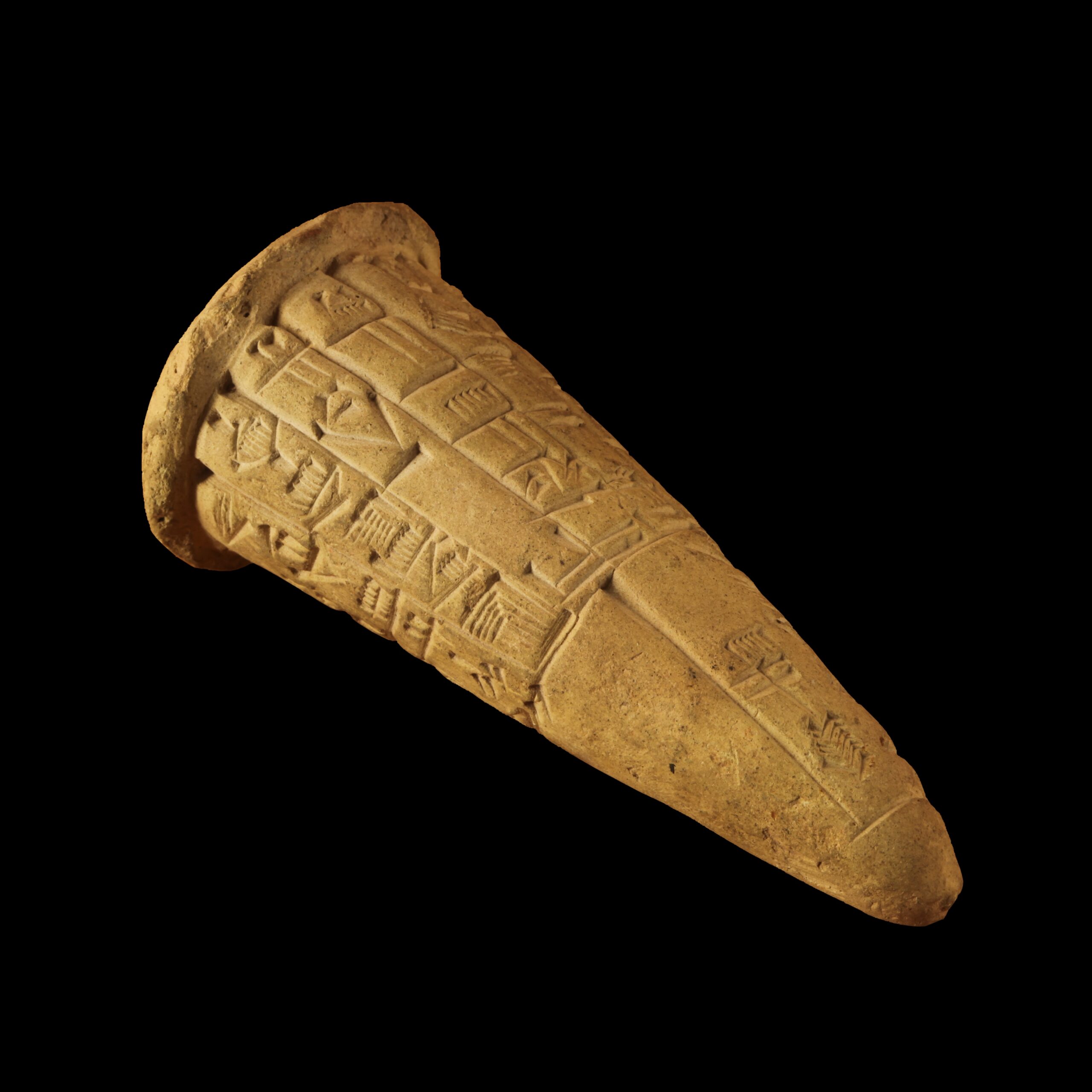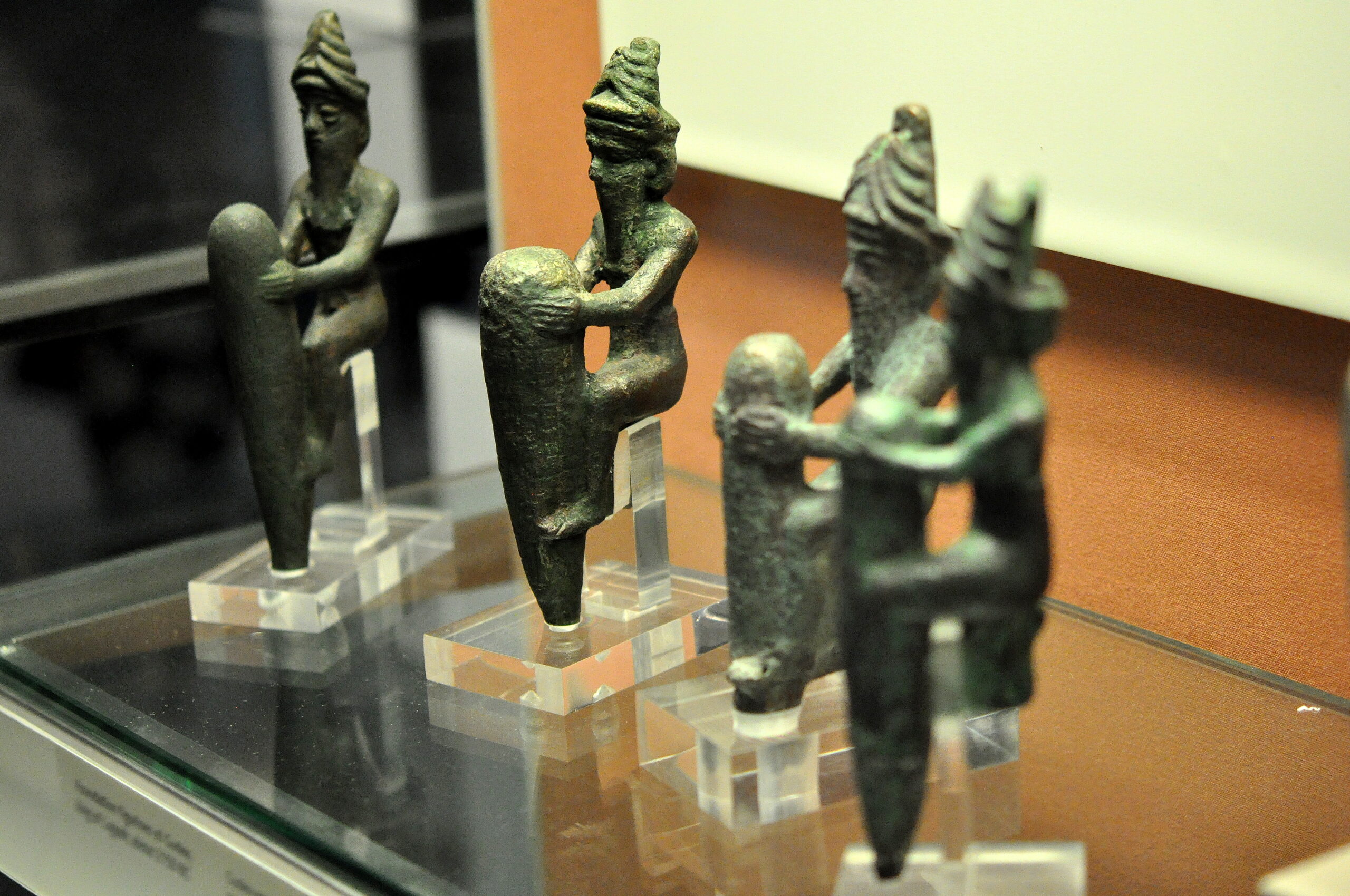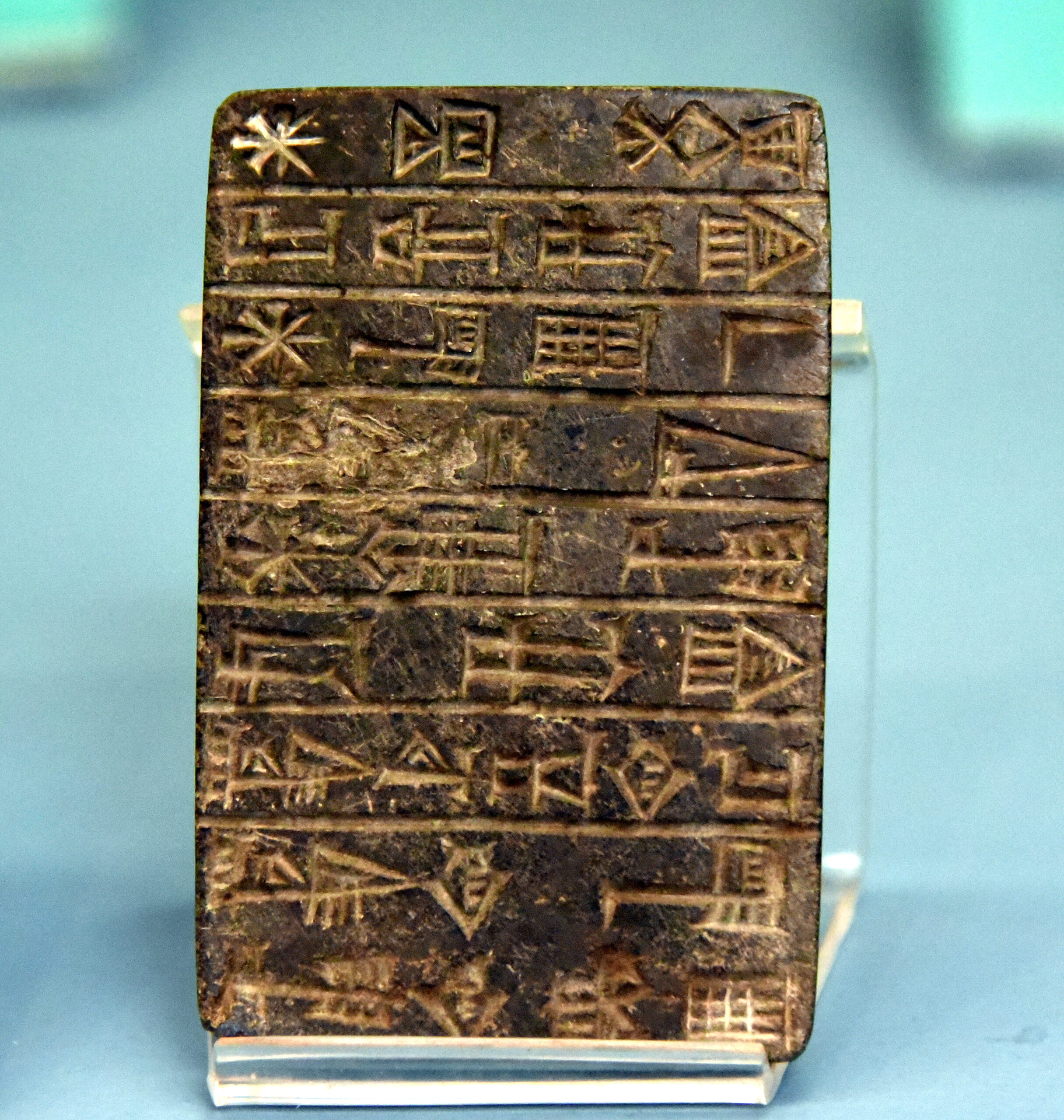TELLO, Iraq – “History begins at Sumer” wrote the late Dr. Samuel Noah Kramer, one of the world’s foremost authorities on Sumerian history, language, and literature. Last week, the British Museum added even more weight to Dr. Kramer’s pronouncement by announcing that archaeologists in Iraq had unearthed the remains of a 4,500-year-old Sumerian temple dedicated to Ninĝirsu, the Mesopotamian god of thunder associated with farming, healing, hunting, law, scribes, and war.

Ruins of Girsu. Northeast of Nasiriyah, Iraq, Telloh (Girsu) was a city state of the 3rd millennium BC Sumerian kingdom of Lagash. where many cuneiform tablets and other artifacts have been discovered. Image credit: David Stanley, Nanaimo, Canada – CC BY 2.0
Ninĝirsu cured humans and released demons. He was regarded as the son of the supreme Sumerian god, Enlil. Ninĝirsu is one of the earliest attested deities in the region and was worshipped throughout Mesopotamia from the middle of the third millennium BCE. His cult thrived across the region over two thousand years and appeared in more myths than any other deity, save the goddess Inanna.
Ninĝirsu is believed to have inspired the story of the “mighty hunter,” Nimrod the grandson of Noah mentioned in the Book of Genesis (10:8-12).
The temple dedicated to Ninĝirsu is the centerpiece of the ancient city of Girsu, located about 16 mi (25 km) northwest of Lagash, at the site of modern Tell Telloh in Iraq. The site is northwest of the junction of the Tigris and Euphrates rivers and east of the ancient Sumerian city of Uruk ruled by the legendary king Gilgamesh and mentioned in the eponymous Epic.
The Sumerians were possibly the oldest civilization in the world and it was the first to establish religion, as well a legal code. The Sumerian site has been described as the “cradle of civilization” and “one of the most important heritage sites in the world.”
French archaeologist Ernest de Sarzec first reported on the remains of Girsu in the late Nineteenth Century and subsequently appropriated all the artifacts he could locate. Among the artifacts de Sarzec removed were about 100,000 tablets and a 4,000-year-old statue of the Sumerian King Gudea, who ruled the city at the end of the third millennium B.C.
For over a century, many thought that de Sarzec’s thorough removal of artifacts had left little to excavate. Moreover, multiple conflicts over the last century have limited archeological access to the site.
Dr. Sebastien Rey, Curator of Ancient Mesopotamia at the British Museum and lead archaeologist at the British Museum in London, and his team of archeologists were less convinced by stories of de Sarzec’s comprehensive excavation and removal of archeological finds. The tablets taken by de Sarzec held some clues and the team was certain that Girsu has more secrets to reveal and share with modernity.
“After the Second World War and years of conflict that followed later in Iraq, the site of Girsu fell into semi-oblivion,” Rey said. “It is not fanciful to say today that Girsu is probably one of the most important heritage sites in the world that very few people know about.”
Almost 150 years after de Sarzec’s visit in 1877, Rey and his team returned to the site sponsored by a joint initiative to save endangered heritage sites led by the British Museum, Getty, and the State Board of Antiquities and Heritage (SBAH) of Iraq.
Rey’s visit and hypotheses about Girsu were not without controversy. Some peers thought he was “making it up” and wasting U.K. government funding. Nevertheless, the excavation got underway in 2015 on Tablet Hill.
Two weeks ago, Rey’s team announced they had unearthed a vast temple using remote sensing techniques to reveal features long buried by sand and deposits. Rey recalled, “There was one moment when we knew we had something promising.”
“At the heart of the city of Girsu, we have discovered — and are still currently excavating — one of the most important sacred spaces of all ancient Mesopotamia: a temple dedicated to the chief god of Girsu,” said Rey in a presentation at the British Museum of his team’s findings.
“After five seasons of excavations at the temple site, we were able to uncover a large area of this ancient sanctuary, including the inner sanctum, a ceremonial square, an interior wall which featured a gate, and we were also able to identify and excavate part of the enclosure wall of the religious complex, including a monumental gate,” Rey said.
He added, “we found a stone and the stone had an inscription … when we read the inscription it was Gudea the King building a temple for god Ningirsu and then the name of the temple, so we knew without a doubt this was the temple.” The temple is called E-ninnu or House of 50 and “it’s really huge.”
Dr. Hartwig Fischer, Director of the British Museum, said: “While our knowledge of the Sumerian world remains limited today, the work at Girsu and the discovery of the lost palace and temple hold enormous potential for our understanding of this important civilisation, shedding light on the past and informing the future.”
Dr. Sebastien Rey told the PA news agency at a press conference at the Iraq embassy on Friday: “It feels good,” and described the find as the “tip of the iceberg.”
The Wild Hunt is not responsible for links to external content.
To join a conversation on this post:
Visit our The Wild Hunt subreddit! Point your favorite browser to https://www.reddit.com/r/The_Wild_Hunt_News/, then click “JOIN”. Make sure to click the bell, too, to be notified of new articles posted to our subreddit.




